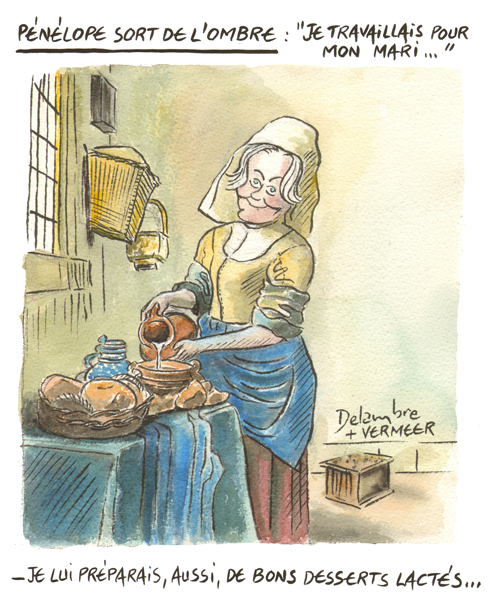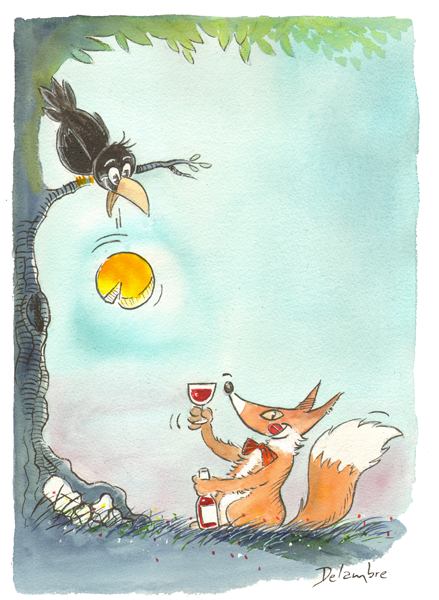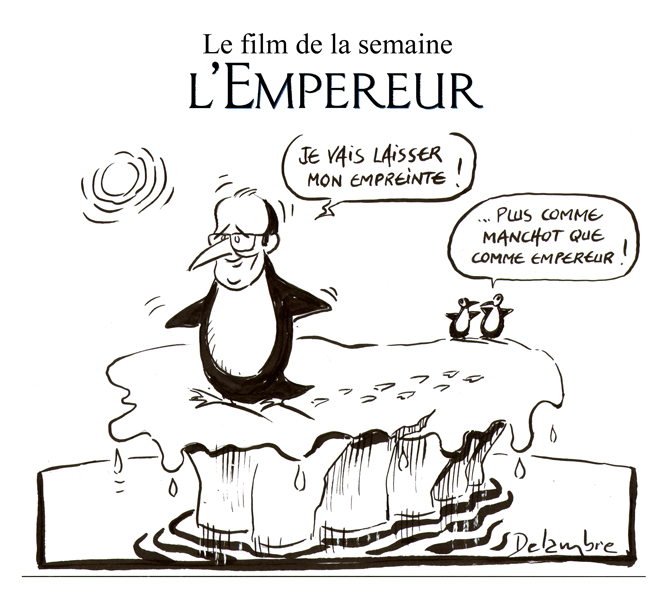
Chatons sous la pluie - Jean-Michel Delambre - Miette Editions - Grand format - Librairie Gallimard PARIS
![Cartooning for Peace - [CARTOONING FOR SOLIDARITY] ✏️ Jean Michel Delambre (France) #cartooningforsolidarity #coronavirus #cartooningforpeace | Facebook Cartooning for Peace - [CARTOONING FOR SOLIDARITY] ✏️ Jean Michel Delambre (France) #cartooningforsolidarity #coronavirus #cartooningforpeace | Facebook](https://lookaside.fbsbx.com/lookaside/crawler/media/?media_id=10158207243472128)
Cartooning for Peace - [CARTOONING FOR SOLIDARITY] ✏️ Jean Michel Delambre (France) #cartooningforsolidarity #coronavirus #cartooningforpeace | Facebook

I Coluri d'Umani - Contemporary Art Sale Benefiting to Association pour une Fondation de Corse | Sale n°1999 | Lot n°60 | Artcurial

Un prix Presse Citron 2021 pour Jean-Michel Delambre qui adore la Côte d'Opale - Les Echos du Touquet






















